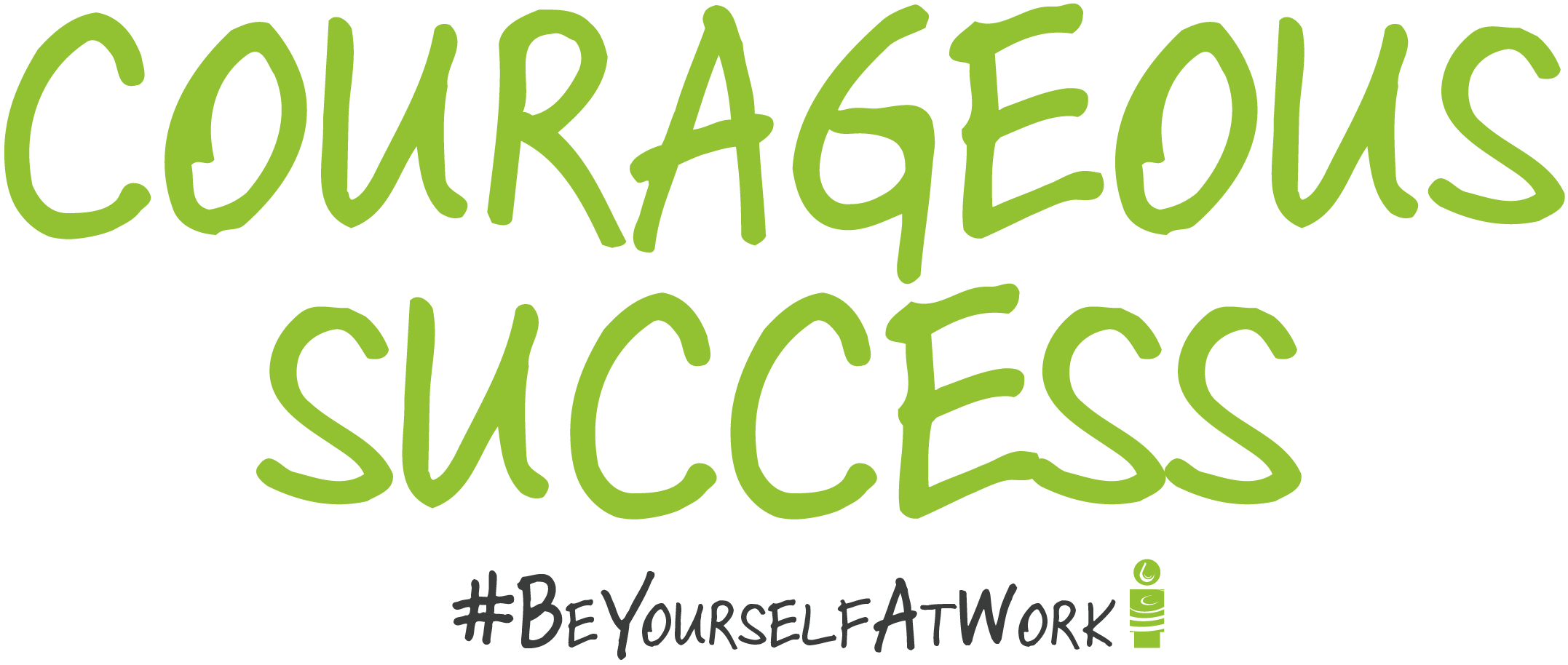Just 12% of employees apply the new skills they’ve learned to their jobs. Only 25% of people believe that training measurably improved performance. McKinsey
When things could be better, do you grab a quick fix or go for a ‘deep full on sort this out forever approach’? My bet would be on the sticking plaster. A cupcake, a bit of distraction, a dose of “assertiveness”. A moan. Urgh!
I started Courageous Success because, in my experience, the world of learning and development wasn’t cutting it. I wasn’t in HR, I was an operational leader in my late 20’s, watching people troop off to training centres, profiling sessions, and consultants, returning with some kind of folder, a set of sticking plasters and still needing something.
These stats from McKinsey in a recent HR Grapevine article about L&D in the workplace highlight a huge disconnect between well-intentioned L&D plans and its impact . What do you use to help you to nail your job and lead others?
The article quotes research from CIPD that “75% of organisations use some form of learning technologies to aid them in upskilling and developing employees,” and “67% of HR practitioners believe their L&D strategy is ‘extremely’ aligned with their business strategy.” Highlighting a disconnect between the tools that we are given and how much these tools are actually being used and helping us.
Still today, almost two decades on, I see teams and individuals label themselves a colour, a set of letters, a chimp. They are still encouraged to be direct, assertive and all whilst we ponder the challenges of mental health.
“See the individual in the learning” is one of the ways the HR Grapevine article suggests that L&D interventions can be improved – yes! The inside out approach – gaining powerful self-awareness and confidence from within.
So, let’s have a go at a ‘full on sort this out forever approach’. In a piece about the importance of self-esteem in leadership, Management Today talks about the importance of;
“Appreciating what makes you, you….how many times do you cringe when you reflect on how you reacted to a certain situation in the past? A lot of the time our actions are driven by the context, the pressure of a deadline, difficult events outside of work or sometimes just the fact that we have not taken a break or got enough sleep. We have a tendency to forget this, and instead dwell on how we reacted, rather than fix why we reacted that way.”
We would also add, that we forget that we have a choice in how we react. We can choose to manage our emotional response.
“Competent leaders are often the ones who have come to terms with the fact that no one is perfect, learned to move on from their mistakes and fundamentally understand themselves. After all, if you don’t appreciate yourself, it’s unlikely you’ll perform at your best or fully appreciate the abilities – and understand the mistakes – of others.”
We’d call this a great example of inner strength and something that we can all work on from the inside. Here are some questions for you;
- Before you react, do you take a second to check your reaction – will you be making this about you, when it’s not?
- What will you gain from throwing your toys out of the pram? Attention? Sympathy? Power?
- How could you have made this situation come about?
- How can you actually help the other person or people here?
- Are you judging others’ behaviours and not seeing the real them, reinforcing their approach?
- How guarded are you, is your gate closed? If you are guarded, people will treat you differently and then you blame them for it. So, who really is at fault here?
Most of the challenges that ‘sticking plaster L&D’ aim to stop are caused by your reactions, unnatural persona, strategies and judgements. I’ve never seen a plaster that can fix that. But I know a person who can. You!
#BeYourselfAtWork
